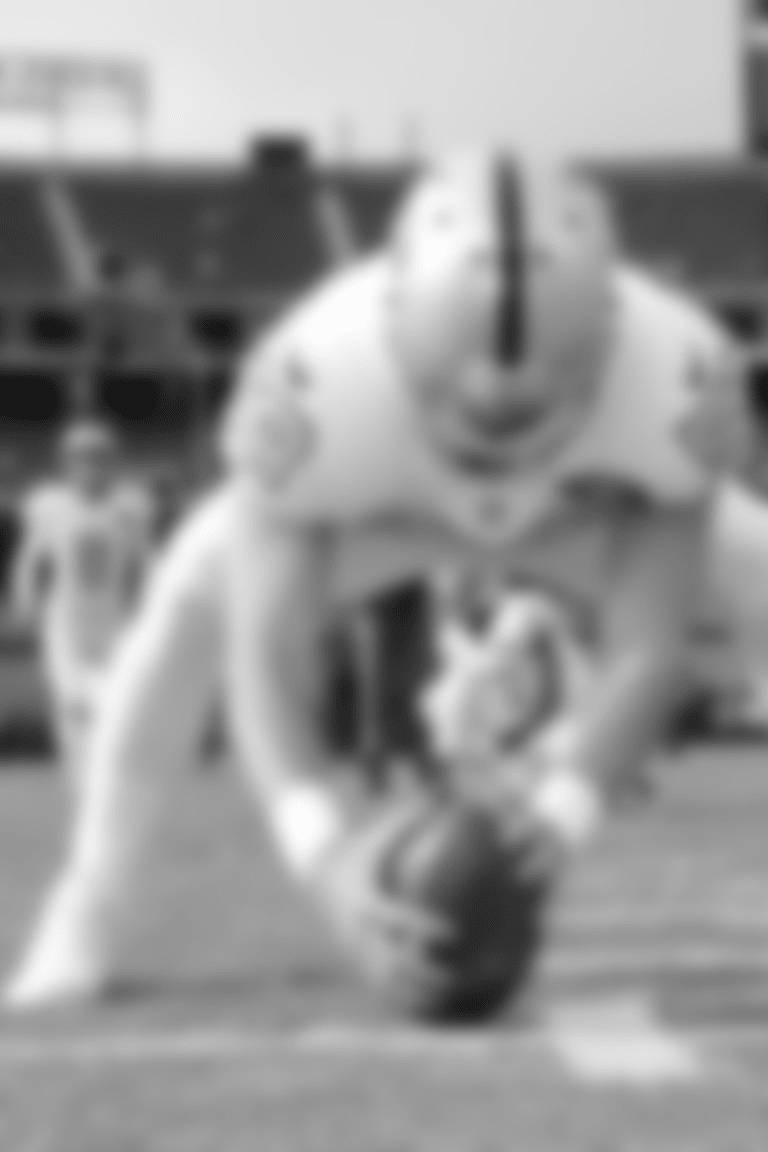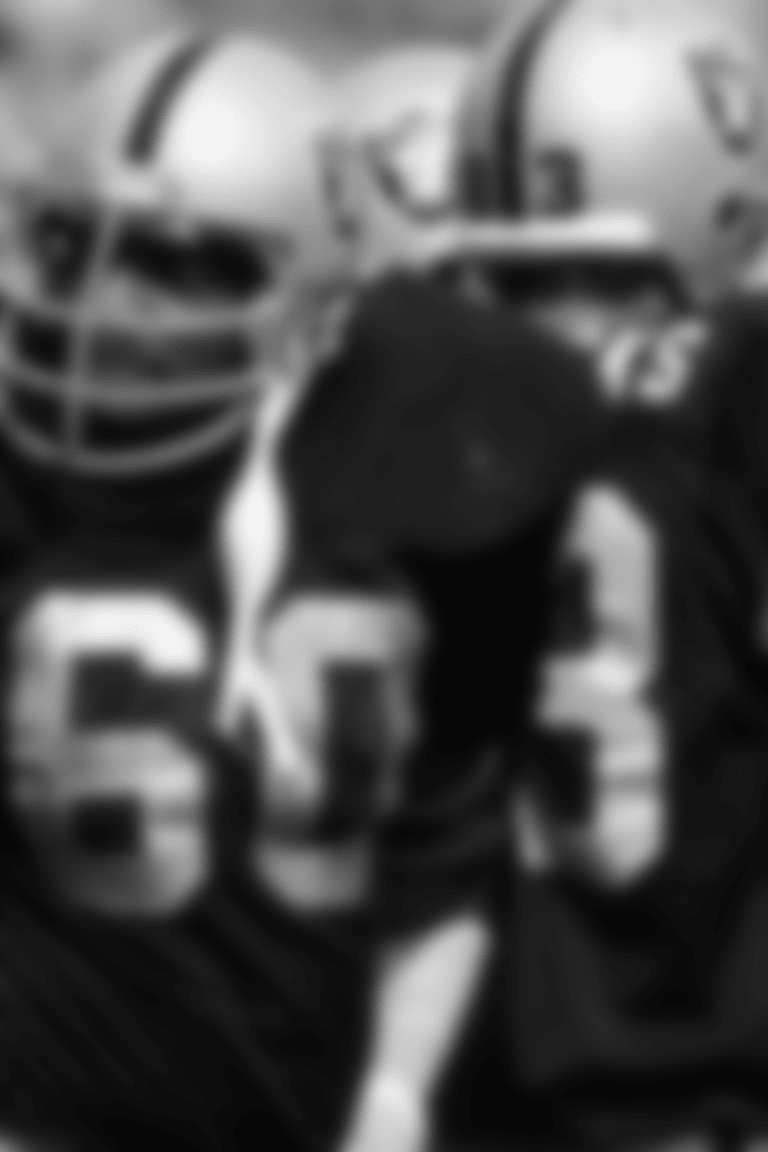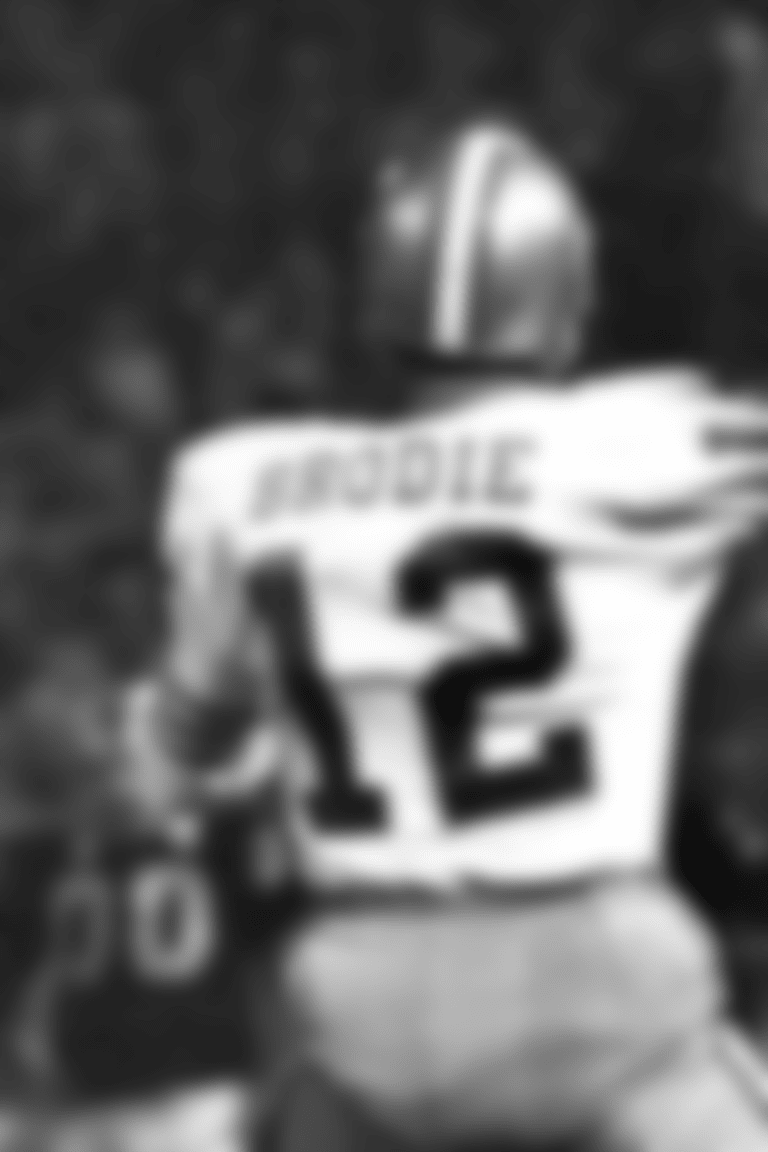Heading into the 2001 season, the Maryland Terrapins needed to find a long snapper – and fast.
Before the team reported for camp, their starting long snapper was ruled academically ineligible and was dismissed from the team. As for how teams universally handled the long snapper position, times were much different nearly 25 years ago.
Today, players tend to specialize in singularly playing long snapper as early as middle school. Since 2001, 10 long snappers have been selected in the NFL Draft, including two in the sixth round of the 2021 NFL Draft.
But historically, it was simply a position thrust upon a reserve lineman or skill position player.
For Maryland, the team combed through the entire roster to try and fill the void.
"The team literally had no one on the roster out of probably 100 plus guys. No one could long snap," said Jon Condo, a redshirt freshman outside linebacker heading into the 2001 season. "They kind of just went and took all the linebackers, tight ends, offensive linemen and said, 'Hey, can anybody do this?'"
The coaching staff believed Condo had the best snap of the players who tried out and was told to exclusively work on it the whole summer. He did this while also making his reps at linebacker a priority, fighting for any role the team saw fit.
"I took it seriously and by the time training camp started, they said, 'Here, it's your job.' And that's how it began. I loved it because it was my first opportunity to play in the ACC. By Week 5 or 6, we were actually undefeated, and I realized I'd became a specialist.
"My coach told me I could make a lot of money doing this someday. I kind of rolled my eyes and lo and behold, he was right."
Condo initially grew bored of playing the position, despite how good he quickly became. He contemplated transferring out of Maryland to exclusively play linebacker for another college program. But he was influenced by his father to stick it out and commit to this new craft.
He started 38 games for the Terrapins at long snapper as the team went 36-14 in that span. This included winning the 2001 ACC Championship and three bowl games. In his senior season, he was voted the Top Special Teams Performer, becoming the first pure long snapper to earn the honor in school history.
Agents began reaching out to him and NFL scouts were showing up to practices 20 minutes early just to see Condo warm up with special teams.
His NFL dreams didn't seem as farfetched, but being selected in the 2005 NFL Draft was still a stretch.
"As a kid growing up watching the draft, there's this outside hook where you're like, 'Man, I would love to hear my name called' but my agent was honest with me," Condo recalled.
"Fortunately, at that time for me, they said it could be more beneficial being undrafted because then you get to choose where you go and that was my scenario."
Multiple teams reached out after the draft and he decided to sign with the Dallas Cowboys, believing it was his best opportunity to earn a starting job. He was ultimately right in his judgement, beating out veteran long snapper Jeff Robinson.
However, his time in Dallas was short-lived. He was waived after three games. The following season, he signed with the New England Patriots but was released during the preseason.
In November 2006, he received one last chance with the Oakland Raiders. That's when things snapped into place, pun intended.





























